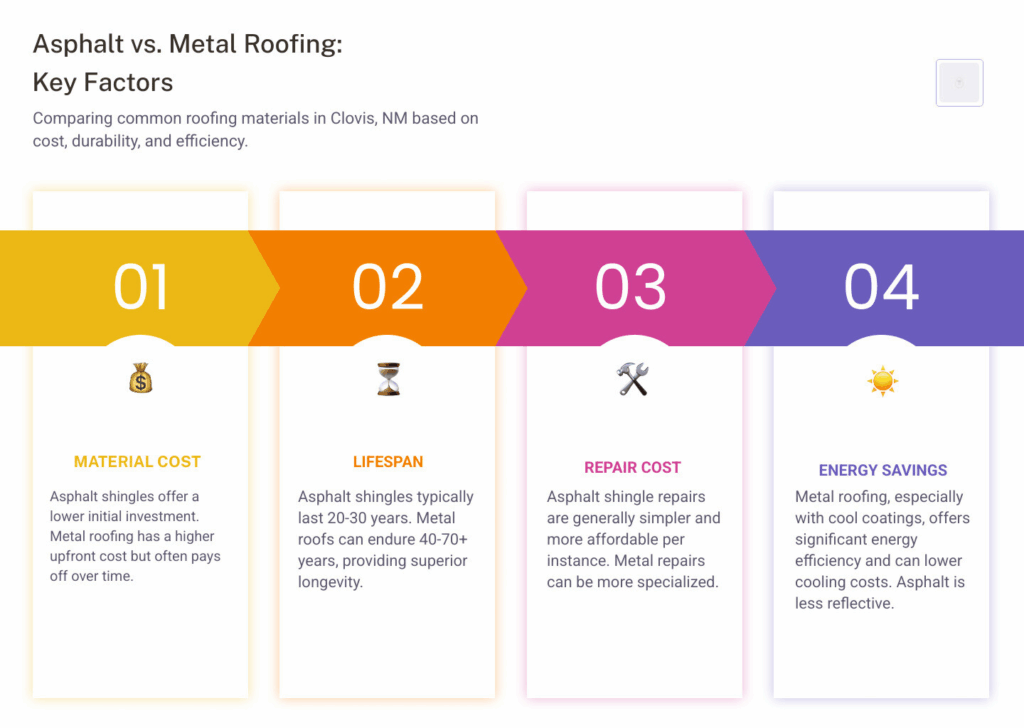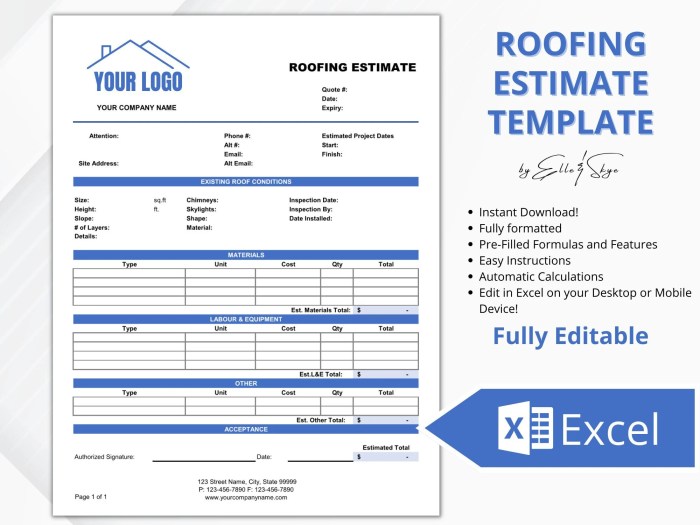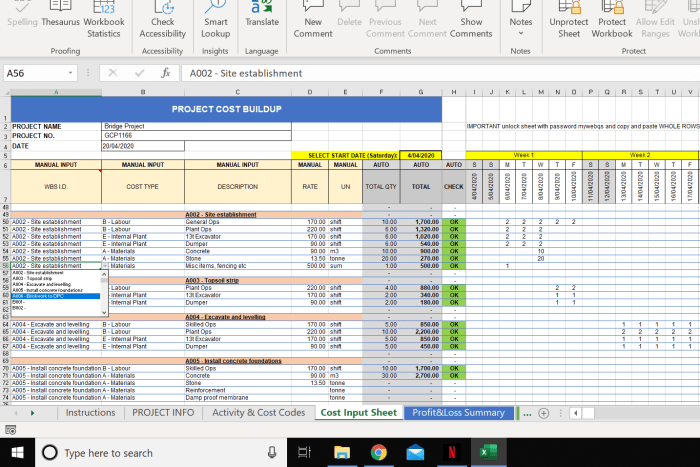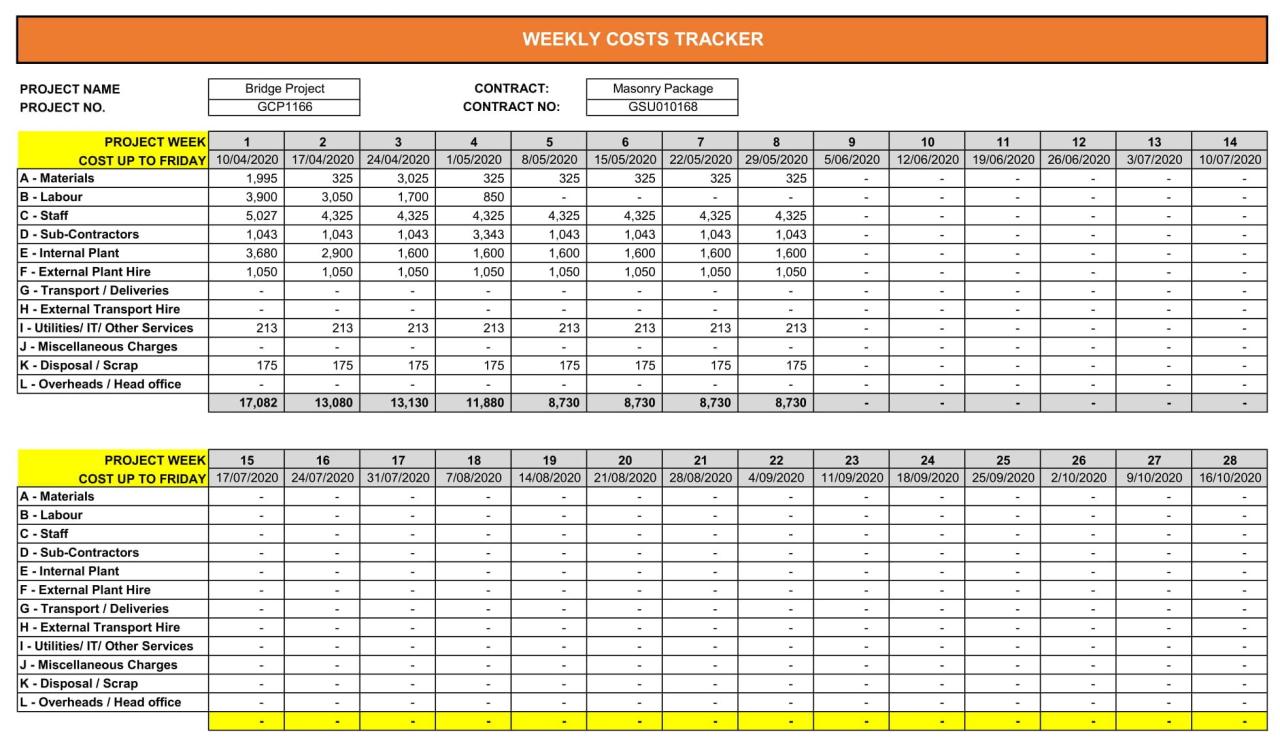
Exploring the intricacies of budgeting for roofing projects, this article delves into the world of roofing company costs with a focus on effective cost tracking. Get ready to uncover valuable insights and tips to help you navigate the financial aspect of your roofing endeavors.
Understanding Roofing Company Costs
When it comes to hiring a roofing company, several factors can influence the overall cost of the project. It is important to understand these factors to budget effectively and ensure a successful roofing project.
Factors Influencing Cost
- The type of roofing material being used can greatly impact the cost. For example, asphalt shingles are typically more affordable than metal or slate roofing.
- The size and complexity of the project also play a significant role in determining the cost. A small roof repair will cost less than a complete roof replacement.
- The location of the property can affect labor costs and material availability, which in turn impact the overall cost of hiring a roofing company.
Types of Roofing Projects and Costs
- Average cost for asphalt shingle roof replacement: $5,000 - $10,000
- Average cost for metal roof installation: $10,000 - $20,000
- Average cost for slate roof repair: $15,000 - $30,000
Importance of Multiple Quotes
Obtaining multiple quotes from different roofing companies is crucial to accurately estimate the cost of your project. This allows you to compare prices, services offered, and make an informed decision based on your budget and needs.
Budgeting for Roofing Projects

In order to successfully plan and execute a roofing project, it is crucial to create a detailed and realistic budget. This budget will help you allocate funds effectively, prioritize expenses, and ensure that the project stays on track financially.
Typical Components of a Roofing Project Budget
- Materials: This includes shingles, underlayment, flashing, and any other materials necessary for the project.
- Labor: Costs associated with hiring roofing contractors or laborers to complete the installation or repairs.
- Permits and Inspections: Budget for any required permits and inspections that need to be obtained before and during the project.
- Equipment Rental: If specialized equipment is needed for the project, factor in the cost of renting or purchasing it.
- Waste Disposal: Budget for the removal and disposal of old roofing materials and debris generated during the project.
Tips for Creating a Realistic Budget
- Get multiple quotes from roofing companies to compare prices and services.
- Factor in additional costs such as unexpected repairs, weather delays, or permit fees.
- Allocate funds for quality materials and skilled labor to ensure a long-lasting roof.
- Consider the lifespan of the materials and the return on investment when making budget decisions.
Importance of Setting Aside a Contingency Fund
It is crucial to set aside a contingency fund in your budget to account for any unexpected expenses that may arise during the project. This fund will help cover unforeseen issues, such as hidden damage, structural repairs, or changes in the scope of work, without derailing the entire project.
Prioritizing Expenses for a Successful Project
- Start by allocating the majority of your budget to high-quality materials and skilled labor to ensure a durable and well-installed roof.
- Next, prioritize essential expenses such as permits, inspections, and equipment rental to comply with building codes and safety regulations.
- Lastly, allocate funds for any additional features or upgrades you may want, keeping in mind the overall budget and project timeline.
Cost Tracking and Management

Tracking costs throughout a roofing project is essential for staying within budget and avoiding cost overruns. By effectively managing and monitoring expenses, you can ensure that the project stays on track financially.
Benefits of Tracking Costs
- Identifying potential cost overruns early on
- Ensuring accurate budget projections
- Improving overall project efficiency
Strategies for Managing and Monitoring Expenses
- Set a detailed budget at the beginning of the project
- Regularly track expenses against the budget
- Document all costs and keep thorough records
- Review and analyze expenses to identify areas for cost savings
Tools and Software for Cost Tracking
- Project management software with built-in cost tracking features
- Spreadsheet tools like Microsoft Excel or Google Sheets
- Dedicated cost tracking apps for construction projects
Best Practices for Staying Within Budget
- Communicate regularly with the roofing team to ensure everyone is aware of budget constraints
- Monitor expenses closely and address any deviations from the budget promptly
- Plan for contingencies and unexpected costs to avoid budget surprises
Conclusive Thoughts

As we wrap up our discussion on Roofing Company Cost Tracker: What to Budget, it's clear that meticulous planning and smart budgeting are key to a successful roofing project. Remember, staying on top of costs and managing expenses wisely can make all the difference in achieving your desired outcomes.
Clarifying Questions
How can I accurately estimate the cost of hiring a roofing company?
Obtaining multiple quotes and considering factors like project size and complexity are crucial in getting an accurate cost estimation.
What should I include in a contingency fund for roofing projects?
It's advisable to set aside around 10-15% of your total budget for unexpected expenses that may arise during the project.
Are there any specific tools or software recommended for cost tracking in roofing projects?
Tools like RoofSnap and AccuLynx are popular choices for effectively managing and monitoring expenses in roofing projects.













